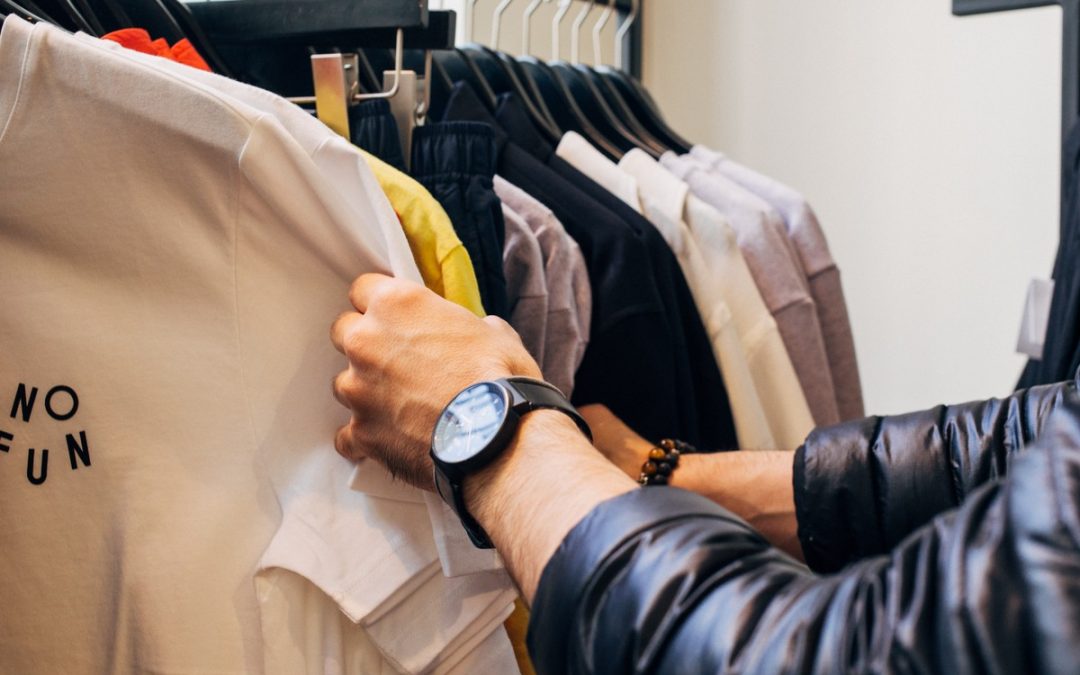When Halloween’s in the rearview mirror, consumers ramp up their holiday shopping. Your business will probably have a higher volume of customers in November and December — but unfortunately, also a higher instance of retail theft. Be on the lookout for these six shoplifting, fraud, and organized retail crime tactics that can hurt your business this holiday season.
- Counterfeit credit cards
People who use card skimmers or hackers who steal credit card data can monetize it by selling counterfeit credit cards or using the cards themselves to purchase and resell items like electronics or jewelry.
There is technology that can detect and deny charges attempted with counterfeit credit cards. EMV technology includes credit cards that contain computer chips that communicate with a merchant’s card reader, creating a unique code for each transaction — so they’re virtually impossible to counterfeit. If you are still using magnetic stripe card readers to swipe cards, however, your customers and your business aren’t protected from this type of fraud. Furthermore, you, not the card issuing bank, will be responsible for fraudulent charges that EMV technology could have prevented.
- Fictitious identification
Your team is vigilant, checking identification and recording information. They are even prepared to gather data that could help prosecute a shoplifter. But, criminals may be one step ahead. They may be using fake IDs crafted to look authentic, using a rented vehicle or a stolen license plate, trying to pass fraudulent checks from out-of-town banks, or directing your team to call numbers for fake authorization.
Train your team to deny transactions that you can’t authorize by standard practices or from people for whom you can’t confirm their identity. Just as importantly, train them not to cave to pressure from a pushy customer trying to get them to bend the rules.
- Return fraud
Criminals may attempt to return stolen merchandise for cash using stolen receipts or someone else’s receipts in the process. The National Retail Federation points out that return fraud is especially prevalent during the holidays; the season includes high volumes of returns, and about 10 percent of them are fraudulent. Appriss Retail’s 2018 Consumer Returns in the Retail Industry reports losses from holiday return fraud total about $6.5 billion.
Train your staff to be aware that some people at the returns counter will be there to commit fraud. Put processes and technology in place that confirm a legitimate purchase, a valid return, and the customer’s identity. You may also want to modify your returns policy for the holidays, add a restocking fee for big-ticket items, or using “shark tags” so people can’t wear clothing and then return it.
4. Distraction
Distraction may seem like a simple tactic, but it’s an effective one. Some shoplifters are expert at creating opportunities to take merchandise undetected. They may work in teams, with one person, perhaps an attractive friend who works to capture a sales associate’s attention or a person who claims to need help with a decision or a problem. When the sales associate is occupied, a second person — or more people — fill purses, bags or pockets with merchandise.
During the holiday shopping season, when sales associates are perpetually busy, finding moments when they are distracted can be all too easy. Protect your business by scheduling more employees, using surveillance cameras, and keeping floorplans as open as possible to increase visibility. Also, keep desirable merchandise that smaller and more easily stolen near your point of sale areas.
- Snatch and grab
You’ve probably seen the video of the mob that swarmed a North Face store and took $30,000 worth of apparel. Preventing snatch and grab is different than other types of shoplifting where cameras or watchful employees can deter theft. A sales associate can do little when a mob of criminals is clearing the racks.
But secure displays, including locking cabinets, steel cables and alarms could limit the high-ticket items these criminals can steal. Another option is to display one expensive item on the floor and keep others secured in a stock room. Also, depending on the types of merchandise you sell, you may benefit from employing security staff.
- Employee theft
Instances of employee theft can also increase during the busy holiday shopping season. Dishonest employees may feel that stealing won’t be noticed during the hectic days at the end of the year or cave to financial pressures of a tight budget.
Be very clear with your employees that you are watching them, you will check bags and purses as they exit the store, and that you will hold them responsible for their tills at the end of their shifts. Your point of sale system (POS system) can help you keep a close watch on inventory and sales, helping you to spot discrepancies and pinpoint the sources of loss.
Keep the Holidays Merry and Bright
To position your business for the best possible holiday season, never lose sight of the fact that your business is a target for retail theft. Consider these tactics and more to build a loss prevention program that helps you hang onto the profits you worked so hard to earn.
For more information on keeping your business secure, contact PlazSales.


Recent Comments